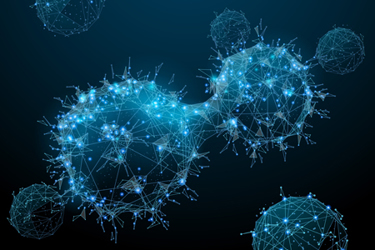Dissociation Of Tumor Tissue Samples For Single-Cell Genomics

In recent years, single-cell RNA sequencing (scRNA-seq) has become a popular analytical tool to significantly augment characterization of the tumor microenvironment. In contrast to RNA sequencing of bulk cell populations, scRNA-seq allows for the transcriptomic profiling of hundreds, thousands, or potentially millions of individual cells.1,2 The use of scRNA-seq has the potential to facilitate advances, such as the discovery of new cell subpopulations and the identification of clonal tumor cell subsets responsible for resistance to treatment.
The dissociation of a tumor in order to release intact individual cells is a critical step in every scRNA-seq experiment. Ideally, the sample for a scRNA-seq experiment is a suspension consisting of fully dissociated, intact, viable cells. Attributes of a poor quality sample include clumps, dead or dying cells, extracellular debris, and ambient free-floating RNA. These cellular and molecular contaminants can negatively impact data quality and increase overall sequencing costs. Therefore, it is important to consider the sample preparation process and utilize an approach that does not produce a low-quality sample that adversely impacts scRNA-seq data.
Learn about a collaborative study that was designed to address this challenge and demonstrate the impact of sample preparation on scRNA-seq. For this work, methodologies for sample storage, tumor tissue dissociation, and sample cleanup from Miltenyi Biotec were combined with the 10x Genomics technology for single-cell sequencing. As a result, an end-to-end workflow for preparing solid tumor tissue for single-cell RNA sequencing was validated.
Get unlimited access to:
Enter your credentials below to log in. Not yet a member of Cell & Gene? Subscribe today.
